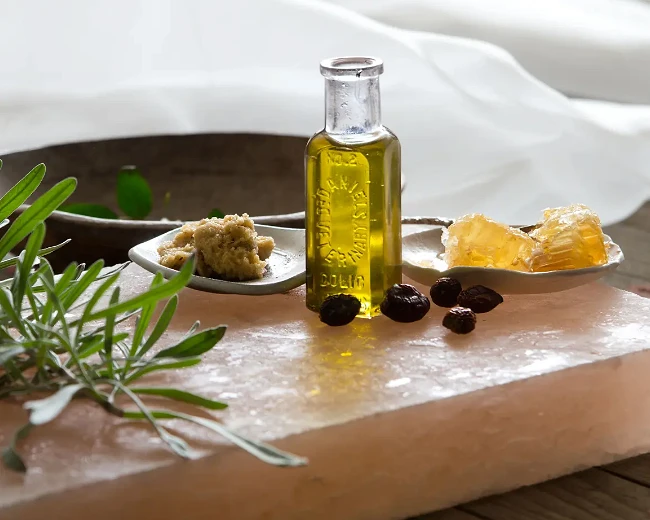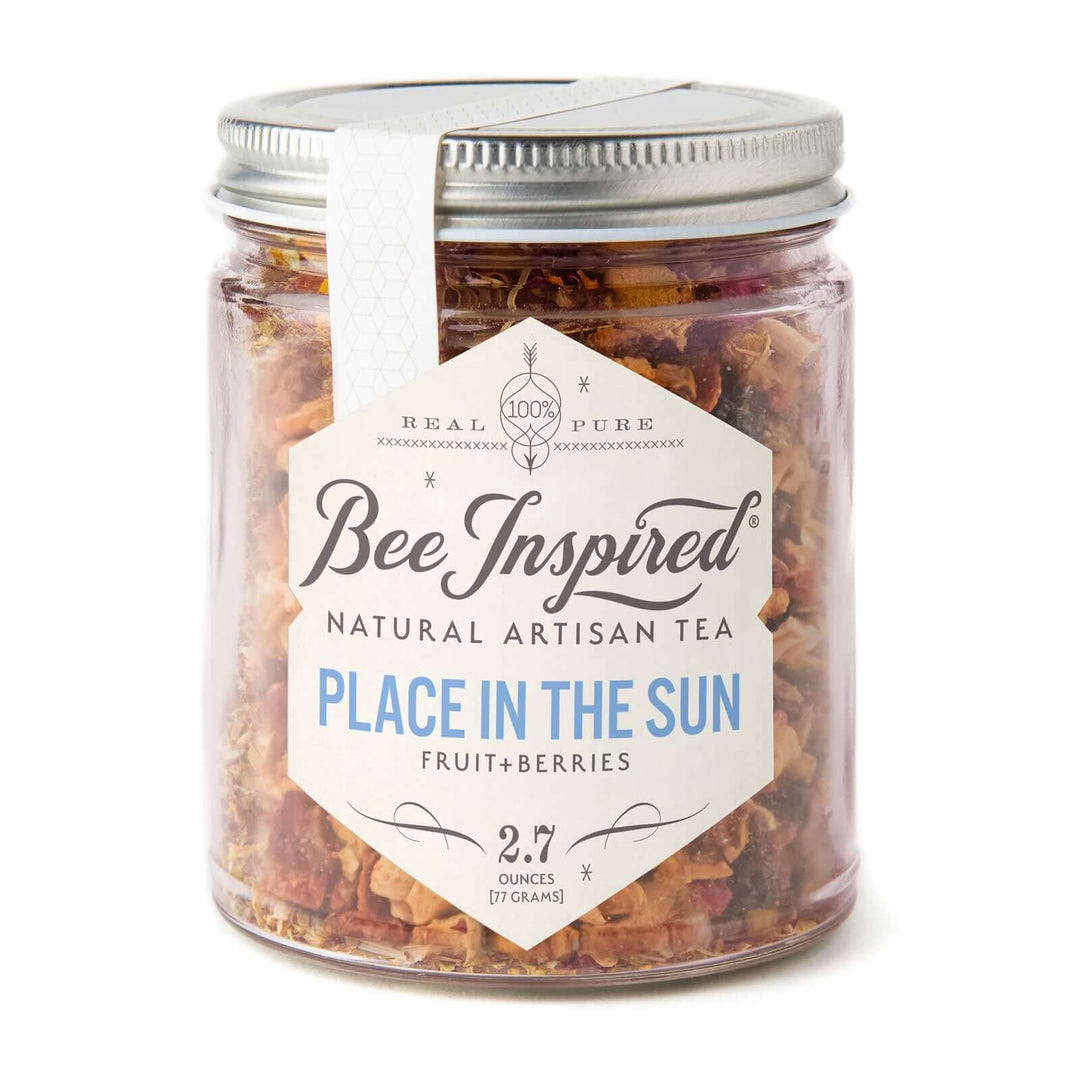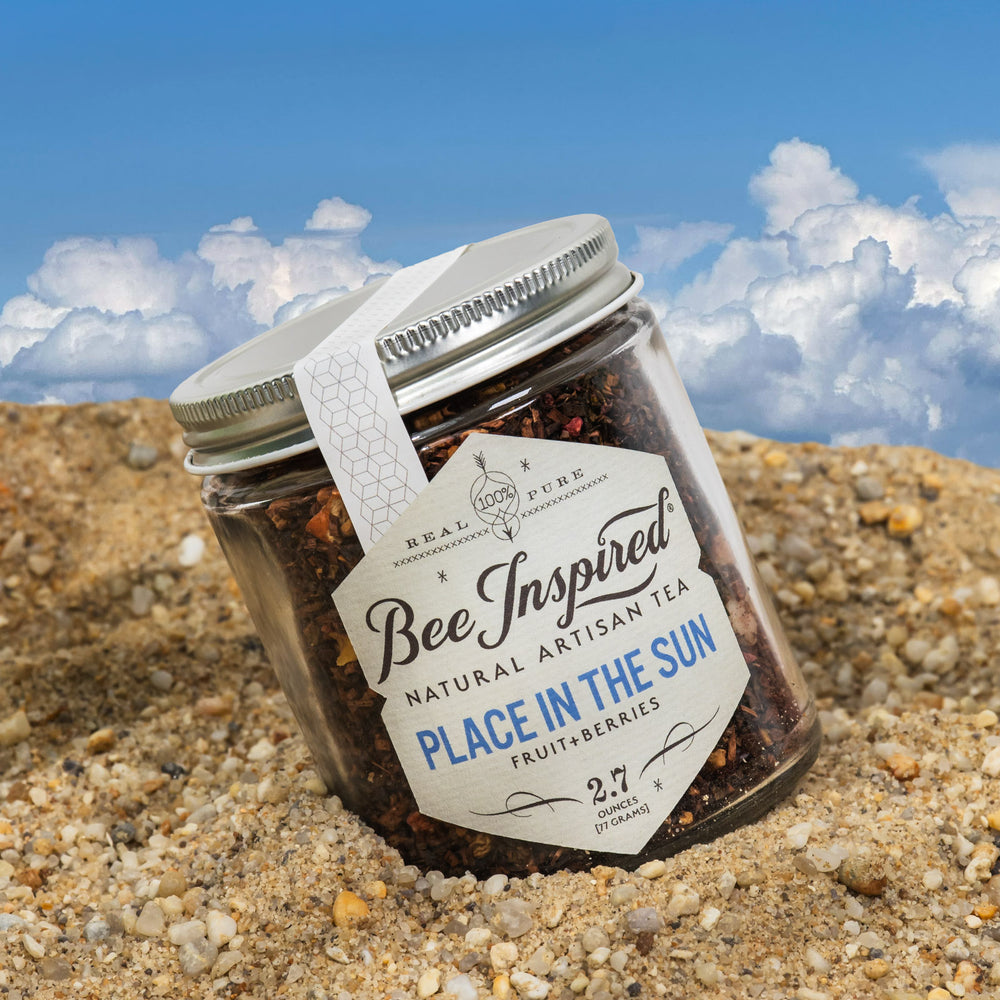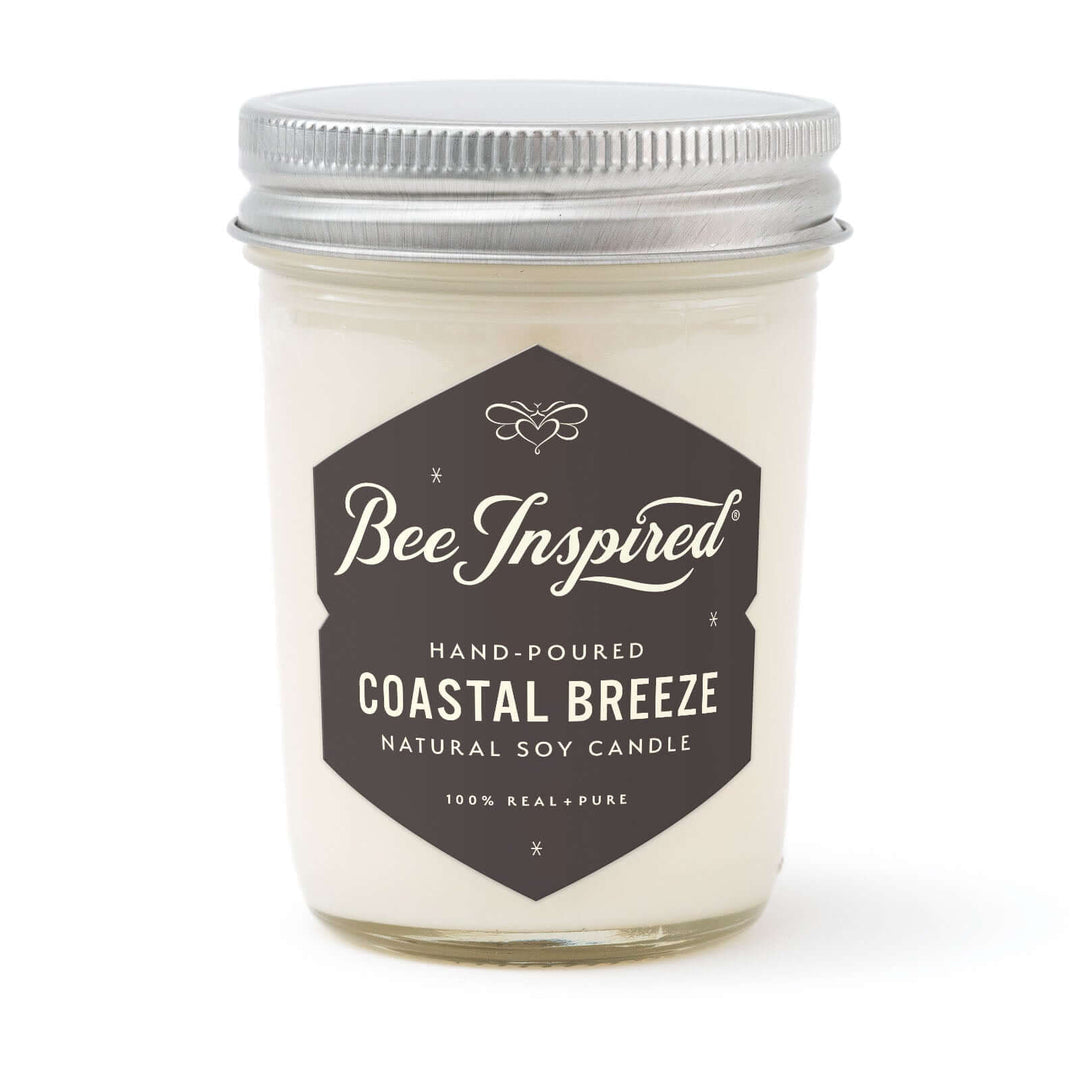Learn how to make Lavender Body Oil easily and affordably with our simple DIY instructions. With the many benefits of growing lavender, and then harvesting lavender, you can enjoy relaxing when using a small amount of this calming elixir perfect for soothing and moisturizing your skin. Our step-by-step guide and tips will have you on your way to making your own luxurious Lavender infused oil in no time. Discover the wonders of homemade lavender oil and indulge in its healing and aromatic properties. While homemade lavender oil is not as concentrated as pure essential oils, it still has many uses in natural beauty, health, and home care routines.
Why use lavender oil?
Lavender is known for its soothing, relaxing, and therapeutic properties. The benefits of lavender oil include soothing sore and achy muscles, relaxing irritated skin (like sunburns and minor burns), and providing moisture to dry, cracked skin. The lavender fragrance provides a calming atmosphere to any room.
The best time to use lavender body oil is before bed, on you, your child, your partner, or your pet to relax and prepare for a beautiful night of sleep. The best results come when your skin is moist, and your oil is at room temperature. Start your process right-out-of-the-shower-wet for maximum results.
For an enhanced aroma and additional benefits, consider adding a few drops of lavender essential oils to the infused lavender oil. This can provide a richer fragrance and improve its therapeutic properties.
Lavender is also a natural antiseptic and anti-inflammatory agent when used topically. Research is ongoing into using lavender essential oil for pharmaceutical purposes.
The lavender plant offers beauty, height, color, and an intoxicating aroma that is aesthetically pleasing in any garden. The vibrant purple lavender flowers, better known as spikes and buds, may be used in various ways, from brightening a room with a natural outdoor fragrance to providing aromatherapy that relaxes the mind, body, and soul.
The lavender plant is an annual botanical. Therefore, you get beautiful repeating performance year after year. At Chesterhaven Beach Farm, harvesting lavender is part of our to-do list each year.

Why You'll Love This DIY Body Oil
-
It’s soothing
-
Made from all-natural ingredients
-
You can make your own lavender oil, adding a personal touch and customization to suit your needs
-
Can help you fall asleep
-
Safe to use on children
Incorporate Lavender Infused Oil Into Your Bedtime Routine
This calming DIY body oil can make falling asleep a lot easier. Apply a bit to the skin after you’ve done the following:
-
Turn off all electronics.
-
Take a nice bath or shower to wash the day away.
-
Prepare a nice cup of warm Good Night Tea with a dollop of Spring Honey or Sunflower Honey.
For an even more soothing experience, consider using fractionated coconut oil as a carrier oil for your lavender infused oil, especially for a relaxing bedtime routine.
Once you’re cozy in bed with your lavender infused oil, curl up with a good book, or simply close your eyes and let the aromas relax you into a blissful night’s sleep.

Ingredients & Substitutions
Glass Jars - Make sure that to use a sanitized and bone-dry quart-size glass jar to make the lavender oil. A mason jar works great.
You’ll also need two more 8-ounce glass jars to store the DIY body oil.
Measuring Cups - They must be sanitized as well.
Measuring Spoon - To keep your measurements accurate.
Cheesecloth - You can also use muslin instead.
Funnel
Carrier Oil of Your Choice - Consider using fractionated coconut oil as a suitable carrier oil for bath oil or in making lavender scented bath oil.
Vitamin E Capsules
Dried Lavender Buds
70% Alcohol
The Gift That Keeps on Giving
One of my favorite things is making homemade products for my friends and family. Since homemade lavender oil is so versatile, it is the perfect little gift. It is both thoughtful and easy to make on your own, offering numerous benefits such as its healing and aromatic properties.
I am often asked how to make homemade lavender oil. Below is a simple recipe to make lavender oil on your own! An essential thing to mention, if you have never made body oil before now, learn about safety in preparing infused oils first.

How to Make Lavender Oil
Step One: Sanitize the area and your tools
Use 70% isopropyl alcohol to thoroughly clean your work area. Make sure to apply it to all of the utensils you’ll use for this project too.
Now is the time to sanitize your quart-sized glass jar. Use your dishwasher or a stove-top method. Dry the jar completely.
Step Two: Crush the lavender to make lavender oil
We recommend using a mortar and pestle.
Step Three: Assemble the DIY body oil
Fill the jar with the dried and crushed lavender buds and then add your carrier oil (we’re using sunflower oil) so that the flowers are covered.
Piece the vitamin E capsules with a fork or paring knife and empty the contents into the jar. Stir well with a stainless-steel spoon.
Top off the mixture with more carrier oil to prevent air from remaining in the jar and seal with a lid.
Step Four: Let it sit
Here’s where a bit of patience comes in. You’ll have to store your lavender infused oil in a warm and dark location for 4-6 weeks. Gently shake the jar daily.
Note: If you prefer not to wait 4 to 6 weeks, heat the lavender bud and oil mixture in a double boiler to 100 to 120 degrees F. A thermometer ensures the oil mixture temperature does not exceed 120 degrees. Excessive heat will make the oil unstable, and the shelf life will be limited.
Step Five: Strain the oil
Line a funnel with cheesecloth or muslin and insert it into the mouth of the sanitized storing jars. Pour the oil mixture in and discard the flower buds.
If you use the quick method outlined above, wait for the mixture to cool before straining and storing.
Step Six: Add lavender essential oils
For an extra aroma, add a few drops of lavender essential oils to the strained oil. The recommended dilution ratio is about 1-2% essential oil to the total volume of your lavender oil. This enhances the fragrance and can be used for various applications like massage or aromatherapy.

What is the Best Carrier to use for this project?
We like using sunflower oil when making lavender oil, but you could also use extra virgin olive oil, grapeseed oil, jojoba oil, sweet almond oil, argan oil, or fractionated coconut oil.
Remember to choose high-quality, cold-pressed carrier oils that are free from additives or synthetic fragrances. It’s also essential to consider any allergies or sensitivities you or the intended user may have when selecting a carrier oil.
Can You Apply Directly to Skin?
Yes, lavender oil can be applied directly to the skin. However, it is recommended to perform a patch test on a small area of skin first to check for any adverse reactions or skin sensitivity. Some individuals may experience irritation, which is why it’s so important to dilute the lavender oil with a carrier oil can help reduce the risk of skin irritation.
Adding a few drops of the essential oils to the lavender oil can enhance its benefits and aroma.
How Long is The Shelf Life?
The shelf life of this lavender oil is between 1-2 years provided:
-
The carrier used typically has a long shelf life.
-
As long as you are using fresh ingredients.
-
Your work environment is sanitized.
-
Stay between 100-120 degrees when heating the oil, as instructed.
Don't Feel Like DIY?
If you don't want want to go through the effort of making lavender oil yourself, that's okay, we understand. If that's the case, try our Baby Oil instead! It's 90% organic and contains organic Bulgarian lavender. It's accompanied by a booklet you can follow to give your baby (young or old) a loving massage with the oil.














